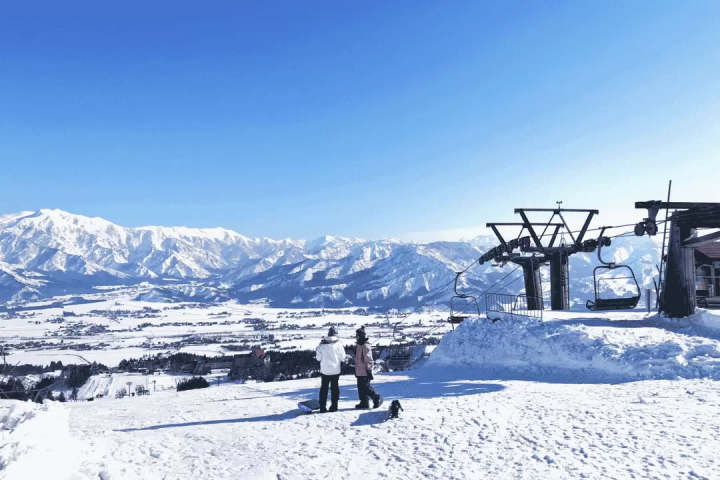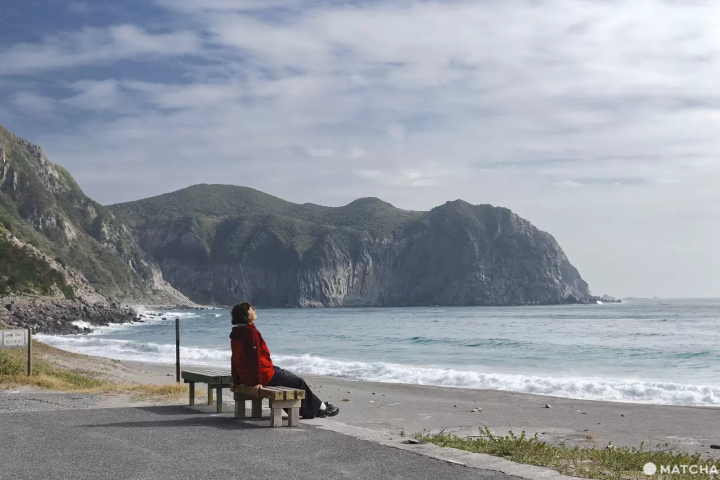Start your pilgrimage in Naruto City , Tokushima Prefecture ! A comprehensive guide to everything from how to enjoy the pilgrimage to things to be careful of.

Naruto City, Tokushima Prefecture, is connected to the Kansai region as the eastern gateway of Shikoku, and can be reached in about three hours from Kansai International Airport. Naruto City is famous for its whirlpools, one of the three largest tides in the world, and the Awa Odori dance, but this time we will introduce the "Ohenro" (pilgrimage) where you can experience history and nature.
-
Table of Contents
- What is "Ohenro"(Pilgrimage)?
- 1. 3 Tips to Keep in Mind
- 2. The Origin of the Pilgrimage
- 3. Various Pilgrimage Methods
- 4. The Charm of Pilgrimage in Naruto City
- 5. Start your Journey from Naruto City!
What is "Ohenro"(Pilgrimage)?

Have you heard of the journey called "Ohenro" that is traditionally practiced in the Shikoku region?
The pilgrimage is a journey of the heart where you face yourself by visiting 88 sacred places such as shrines and temples scattered throughout Shikoku. As there are 88 sacred places in Shikoku, the pilgrimage is also known as the "88 Shikoku Sacred Places."
The warm hospitality of the people you meet along the way, Japan's original landscapes, the harsh yet beautiful nature, and the sacred sites have fascinated many people since ancient times, and are firmly rooted as a traditional culture that is unique in the world.
Tokushima Prefecture, where Naruto City is located, is also known as the "Dojo of Awakening" because it is home to the first temple of the pilgrimage, Reisanji, and the second temple, Gokurakuji. In addition, there are vast lotus root fields, old-fashioned streets, and shrines and temples around Reisanji and Gokurakuji, so you can enjoy strolling around them when you are on the pilgrimage.
1. 3 Tips to Keep in Mind
In the past, it was common to do the pilgrimage on foot, but nowadays, you can do it in a variety of ways, including by public transportation, rental car, tour bus, etc. Try doing the pilgrimage in a way that suits your physical condition and schedule.
The entire Shikoku Pilgrimage is said to be 1,200 to 1,500 km long, and would take about one to two months on foot, but you can do it in about two weeks by car or bus.
Here are three important things to keep in mind to make your pilgrimage a wonderful memory.
1. Enjoy the pilgrimage at your own pace
It is also important to keep track of your physical condition and take rest days.
2. It doesn't matter which temple you start at or where you stop!
3. Don't forget to book your accommodation!
There are lodging facilities such as private lodgings and hotels around each temple, but we recommend making reservations in advance as meals and baths need to be prepared. Please note that lodging facilities may be fully booked.
In addition, each sacred place has a "shuin" (red seal) that is stamped as proof of visit, and a notebook called a "nokyocho" (a booklet for collecting these). Your very own nokyocho (a booklet for stamps) will surely become a fond memory of your pilgrimage. The nokyocho (booklet for stamps) and other items necessary for the pilgrimage can be purchased at each sacred place or at nearby stores.
2. The Origin of the Pilgrimage

Kobo Daishi Kukai, the founder of Shingon Buddhism (a sect of Buddhism) born in Kagawa Prefecture during the Heian period, traveled around Shikoku as part of his training when he was young. During that time, he opened up the sacred sites throughout Shikoku, known as the 88 Shikoku Pilgrimage Sites.
Later, pilgrimages by ascetic monks to the places that Kobo Daishi had visited spread to the general public. In the past, pilgrims would nail wooden talismans to the pillars of the main hall of a sacred site when visiting it. Today, each sacred site is called a "Fudasho" (temple).
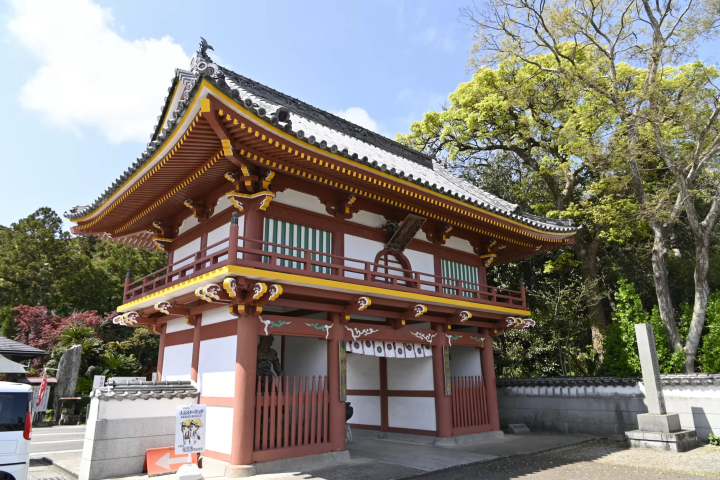
3. Various Pilgrimage Methods

The act of visiting the temples is called "uchi", and there are various ways to make the pilgrimage. Starting from the first temple, Reisan-ji, going clockwise is called "jun-uchi", going in the opposite direction is called "gyaku-uchi", visiting all the temples in one pilgrimage is called "tsuoshi-uchi", and visiting them in several parts is called "kai-uchi".
4. The Charm of Pilgrimage in Naruto City

The Shikoku Pilgrimage, which visits the temples associated with Kobo Daishi, is a grand circular pilgrimage that covers a total distance of 1,400 km around Shikoku. It has been passed down for over 1,200 years and is still carried out by people today.
Shikoku's rugged mountain paths, long stone staircases, tranquil traditional Japanese countryside, calm seaside beaches and cliff-top headlands with "ohenro-san" (pilgrims) passing by are characteristic of the region.
If you visit Japan, be sure to try out the Shikoku Pilgrimage.



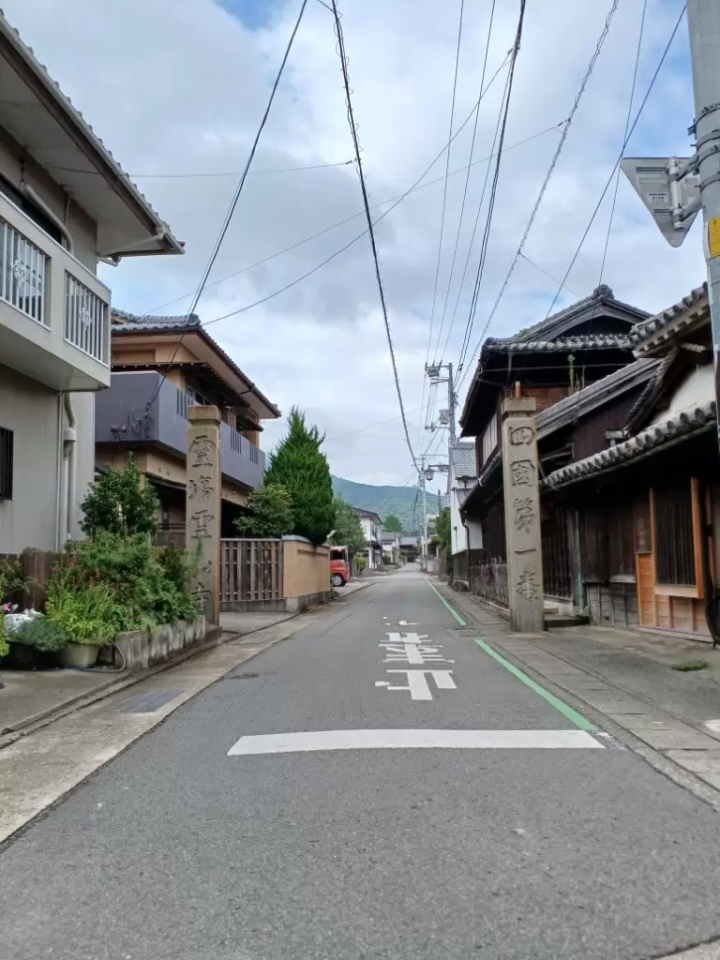

5. Start your Journey from Naruto City!
In addition to the pilgrimage, Naruto City has many other attractive tourist attractions, such as the Naruto Whirlpools , one of the three largest whirlpools in the world, the Otsuka Museum of Art, where you can see famous Western paintings on full-size ceramic panels, and fresh seafood.
Please check this website for tourist information about Naruto City, including transportation access and accommodation information.
Additionally, Naruto City is currently running a campaign to offer a 3,000 yen discount on accommodation fees to those who rent a car and stay at designated accommodation facilities . Please take advantage of this offer.
We look forward to seeing you all!
This is the official tourism site for Naruto City, Tokushima Prefecture. We provide information to help you enjoy Naruto, from popular tourist spots to more niche information! 🌊This is what Naruto City is like🍠 The eastern gateway to Shikoku. It is connected to the Kansai region🚙 by the Onaruto Bridge and the Akashi Kaikyo Bridge. Enjoy nature with the sea🌊 and mountains🏔! There are plenty of tourist spots, including the Naruto whirlpools, one of the world's three largest tidal currents, the Awa Odori dance, and the pilgrimage route!
The contents on this page may partially contain automatic translation.





![[ Naruto City , Tokushima Prefecture ] From Naruto, the Road of Prayer - The Heart and Landscape Connected by the Shikoku Pilgrimage -](https://resources.matcha-jp.com/resize/200x2000/2025/11/12-249573.webp)














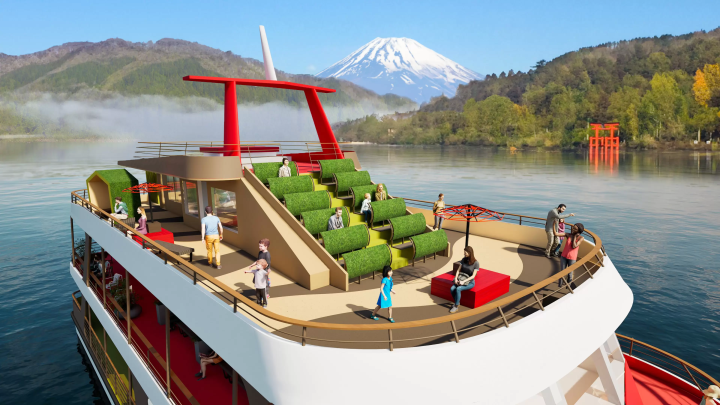


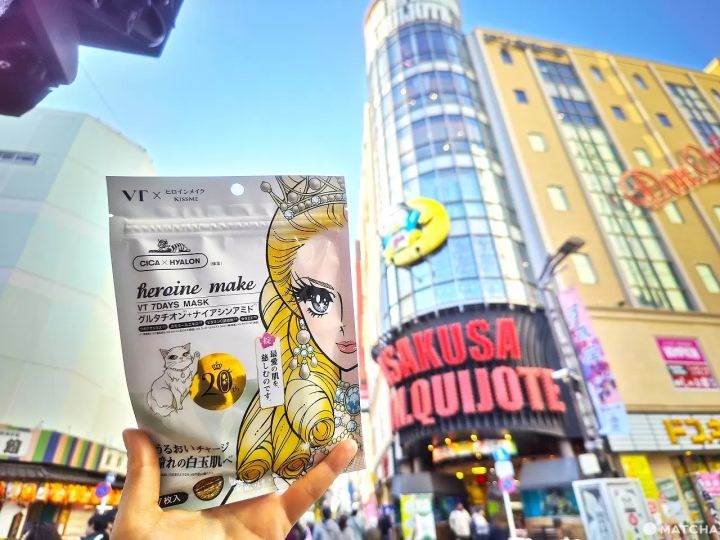

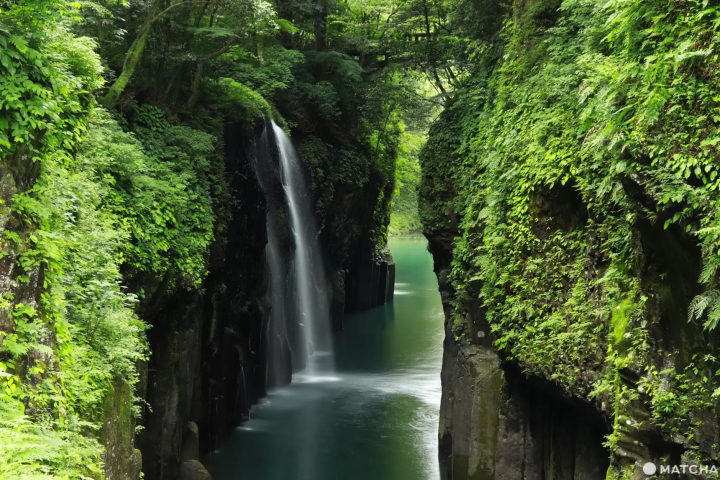





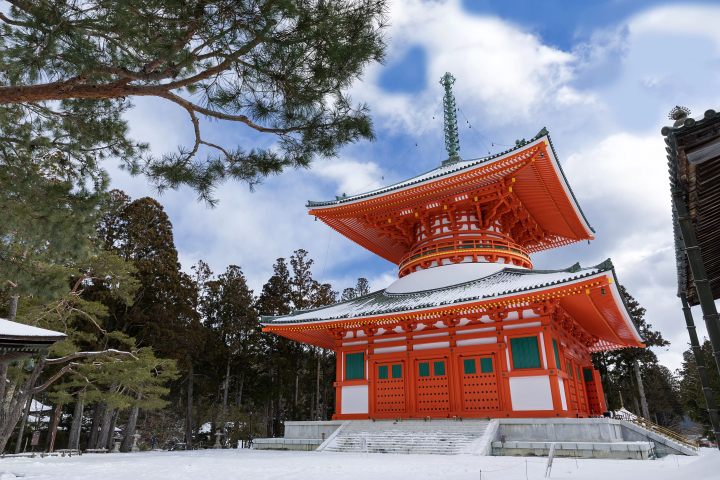
![[30 minutes by train from Meitetsu Tokoname Station!] A must-see for couples! Recommended date Feature Articles in Aichi Prefecture](https://resources.matcha-jp.com/resize/720x2000/2025/12/19-253428.webp)
